Christopher Vogler's The Writer's Journey
Book One:
A Practical Guide & The Archetypes
We’ve officially started our new book, Christopher Vogler’s The Writer’s Journey. And boy is there a lot in the first two chapters!
First (or first after Kim’s rant) is an overview of the Hero’s Journey, yes, dear listener, we cover all twelve steps. And as examples for those steps we turn to… The Hobbit (the OG book version, not the movie). After that, we move to archetypes, what they are and what they mean for your story.
It’s a very informative episode. Also, check out our Hero’s Journey Study Guide in which we apply the 12 Steps of Vogler’s formula to J.R.R. Tolkien’s The Hobbit.
A Whole Journey in 19 Pages
Vogler claims his book, The Writer’s Journey, started as a memo he passed around to screenwriting students and Hollywood gurus looking for a way to structure stories movie going audiences would love. His first chapter is that memo. So, in essence, the Guide summarizes the Protagonist’s Journey, while the rest of the book breaks it down.
Campbell VS Vogler's Journey (or, what's the dif?)
As we discussed in the first episode (link), Vogler’s work is an adaptation of both Joseph Campbell’s Literary Theory, The Hero’s Journey/Monomyth, published as The Hero With a Thousand Faces and Carl Jung’s Archetypes. Simplified and applied to (mostly) screenwriters, this beast of a book may be the reason we have so many Superhero movies. But how far did Vogler venture from the source material?
“A hero ventures forth from the world of common day into a region of supernatural wonder: fabulous forces are there encountered and a decisive victory is won: the hero comes back from this mysterious adventure with the power to bestow boons on his fellow man.”
-Joseph Campbell
The Monomyth, Campbell’s literary theory, is rooted in ancient mythology. Campbell studied ancient stories that informed coming of age rituals, diverse communities, ceremony, mythology and symbology. While on the surface, Vogler’s adaptation looks very similar in structure, it has been reshaped and simplified as a plot formula to write blockbuster movies.
Not to say Vogler’s version doesn’t carry over those elements, but they are simplified and generalized for more modern audiences (Woman as Temptress raise anyone else’s hackles?) and attention spans (Campbell’s version has 20 steps, while Vogler’s has 12).
Joseph Campbell (Who is this Dude, anyway?)
Joseph Campbell, a literature professor at Sarah Lawrence College, wrote The Hero of a Thousand Faces after studying the story patterns in ancient mythology and folklore. In his studies of story, he discovered a narrative pattern. Throughout almost all cultures, ancient and modern, the same tale appears over and over: a hero ventures forth on a journey, overcomes a series of trials, and returns home changed and with new knowledge for the community (hence the name: The Hero’s Journey.
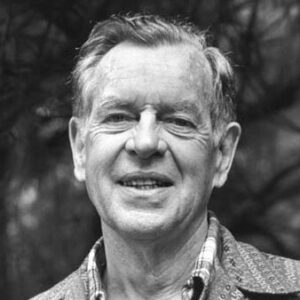
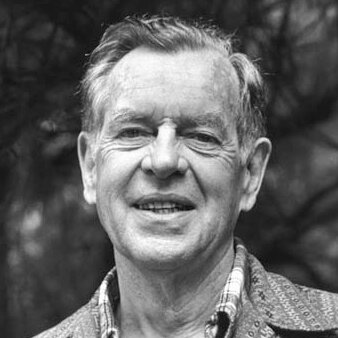
Some Handy-Dandy Visual Aids
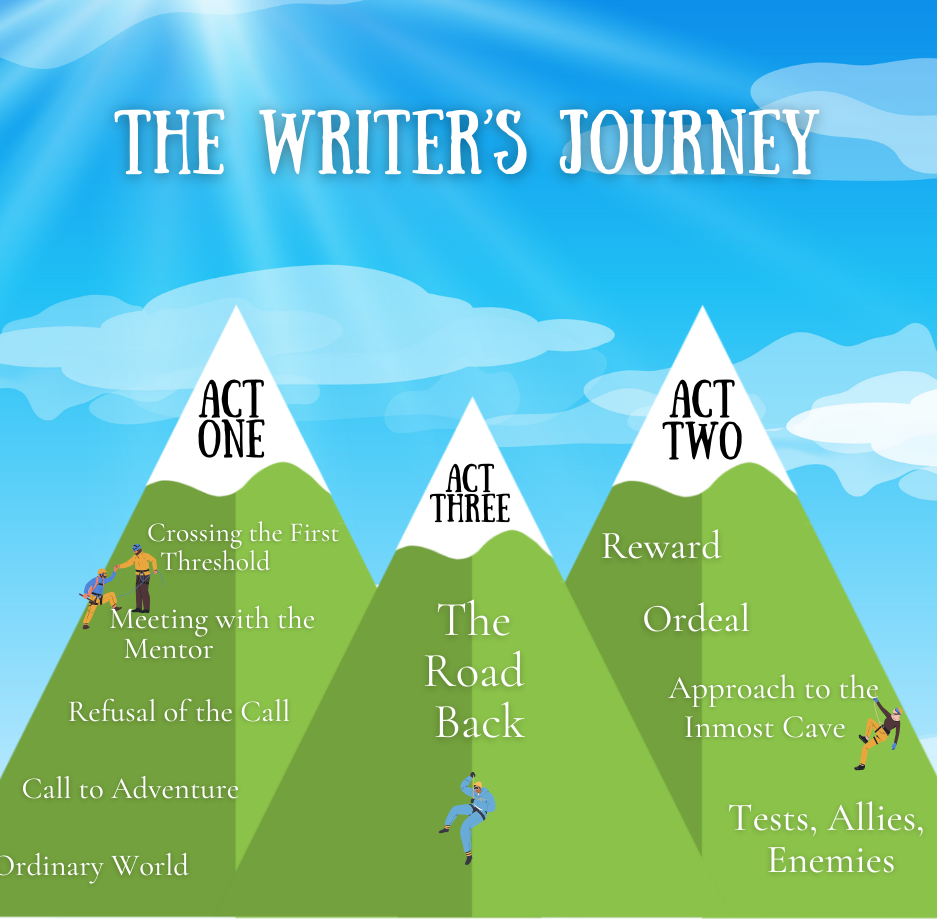
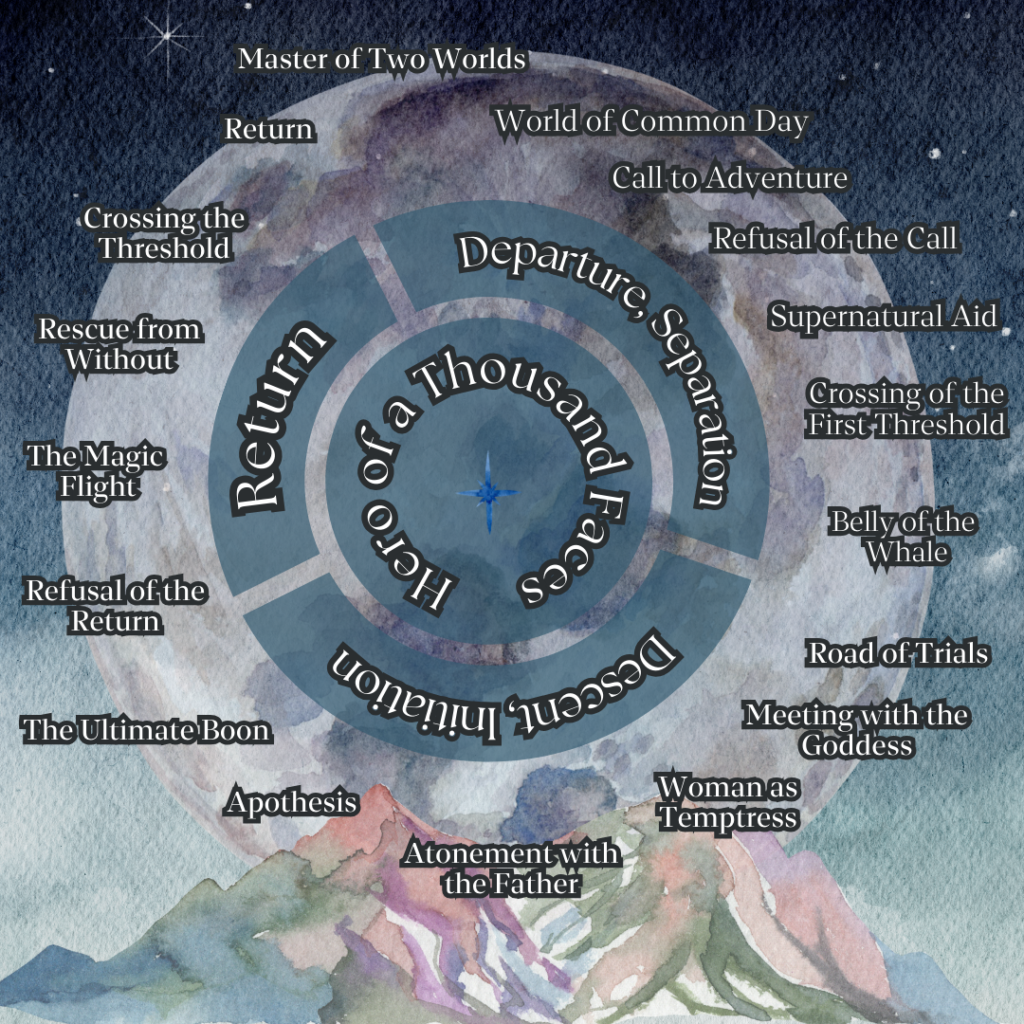
Our Novel Approach to The Writer's Journey
Vogler’s examples, almost all movies (to wit, he’s never written a novel), poses a problem for a novelist hoping to plot a hero’s journey. But don’t despair! Kim and Renee got your back, dear Novelist. They’ve chosen four novels to analyze while they read Vogler’s book, which will serve as examples to help you on your own journey through your own draft. Here’s what they’re reading:
- The Last Unicorn by Peter Beagle
- Howl’s Moving Castle by Diana Wynne Jones
- The Power by Naomi Alderman
- Kaiju Preservation Society by John Scalzi
Rant Corner (or, Univershmality)
Both Kim and Renee have beef with Vogler’s interpretation so far, namely how he over-sells Campbell’s theory like it’s a one size fits all act now for a free gift only three easy payments of $19.95. Yes, the formula appears often in stories, but how versatile and universal is this pattern?
“The pattern of the Hero’s Journey is universal, occurring in every culture, in every time. It is as infinitely varied as the human race itself and yet its basic form remains constant.”
-Christopher Vogler
Kim’s not certain this formula is so universal it can apply to every story known to man all the time. Kim thinks his terminology should adopt a more precise, scientific bent, opting for “exception, rather than “varied.”
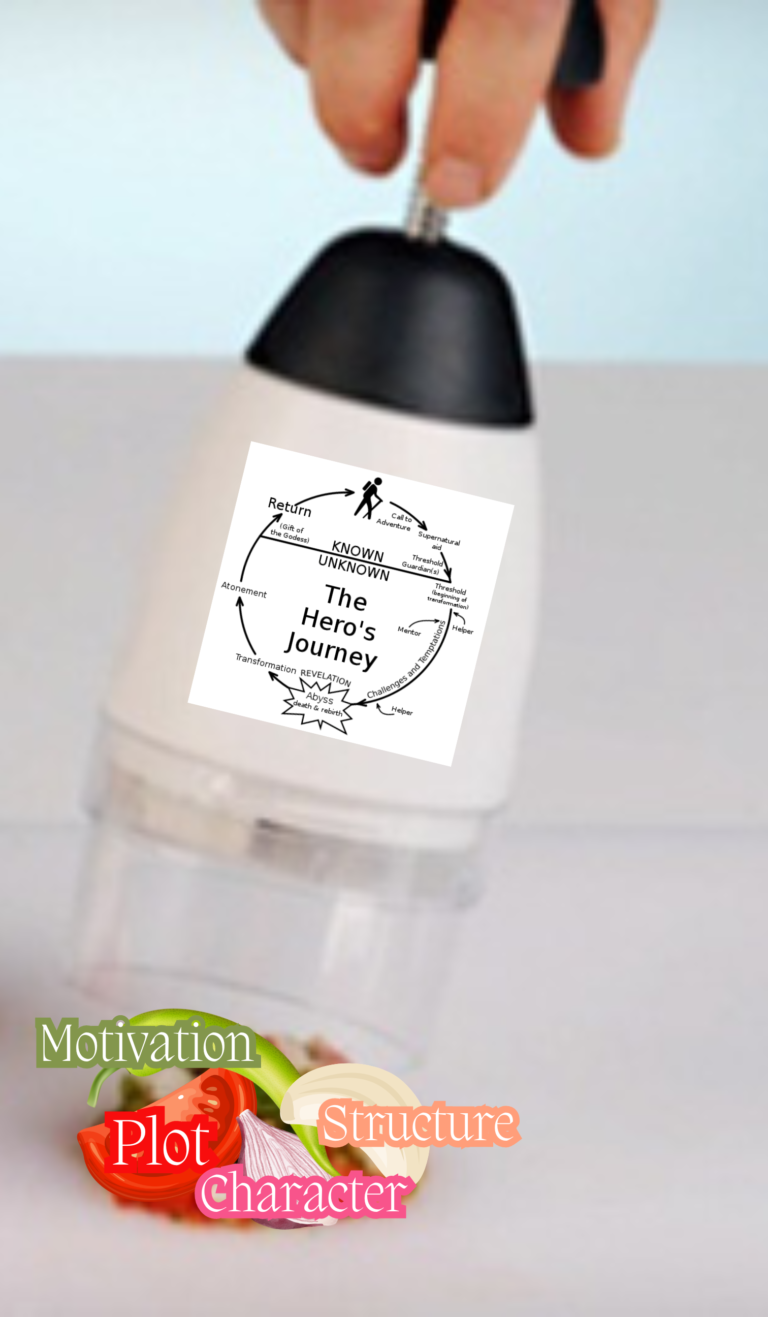
While Kim channeled with her inner scientist, Renee had some As Seen on TV flashbacks: The Hero’s Journey SLICES! It DICES! It TRANSFORMS THAT PESKY DRAFT INTO A STORY EVERYONE (including your mother) WILL LOVE (and make Hollywood executives lots of money)! Act Now! While supplies last. Only in the U.S., Canada, and Mexico. 3 payments of 19.95. Shipping Not Included. No COD.
The Hero's Journey (or, Our Free Gift)
Here is our comprehensive Study Guide detailing each step in Vogler’s Hero’s Journey plot formula using textual examples from The Hobbit by J.R.R. Tolkien. We’ll continue to reference these steps throughout the season, so if you get confused or lost, just head over to The Hero’s Journey Study Guide for a primer.
Our Novel Approach to The Writer's Journey
Vogler’s examples, almost all movies (to wit, he’s never written a novel), poses a problem for a novelist hoping to plot a hero’s journey. But don’t despair! Kim and Renee got your back, dear Novelist. They’ve chosen four novels to analyze while they read Vogler’s book, which will serve as examples to help you on your own journey through your own draft. Here’s what they’re reading:
- The Last Unicorn by Peter Beagle
- Howl’s Moving Castle by Diana Wynne Jones
- The Power by Naomi Alderman
- Kaiju Preservation Society by John Scalzi
Archetypes (or, hell is other people)
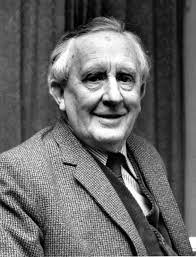
Carl Jung
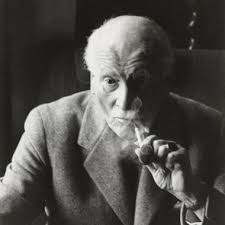
So this book isn’t just a riff off Joseph Campbell’s armchair pop literary theory. Vogler also adopts the work of Carl Jung (a student of Freud’s) who also studied narrative patterns in ancient mythology. According to Jung, we all dip into a pool of the “collective subconscious” from which the same personality types emerge, such as the “Mother” or Trickster” in any given story. In other words, these character types that occur again and again. Just like stories have patterns, it seems the same characters appear again and again. Vogler says your story’s characters should fulfill these archetypal patterns, which are really just facets of the Hero.
It’s no surprise both Campbell and Jung inform Vogler’s book. While Campbell lays the groundwork for the physical and mental journey of the protagonist, Vogler adopts Jungian Archetypes to help writers determine who a character is and how they might function in a story. Vogler provides two question to help us decide how other characters may interact wit hour hero:
- What psychological function or part of the personality does it represent?
- What is its dramatic function in the story?
With that said, we just think there’s only so many types of people in the world. It could be a “universal subconscious” we share, which explains why we have so many of the same personality traits. But one could also argue every family has an Uncle Bill, who loudly drops racist slurs to the staff during the family Sunday dinner at the Sizzler.
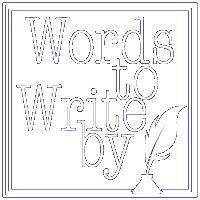
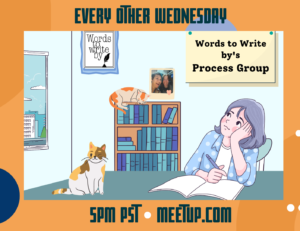
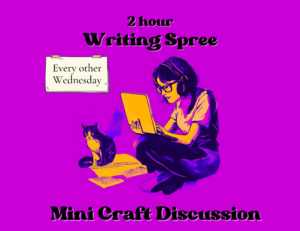
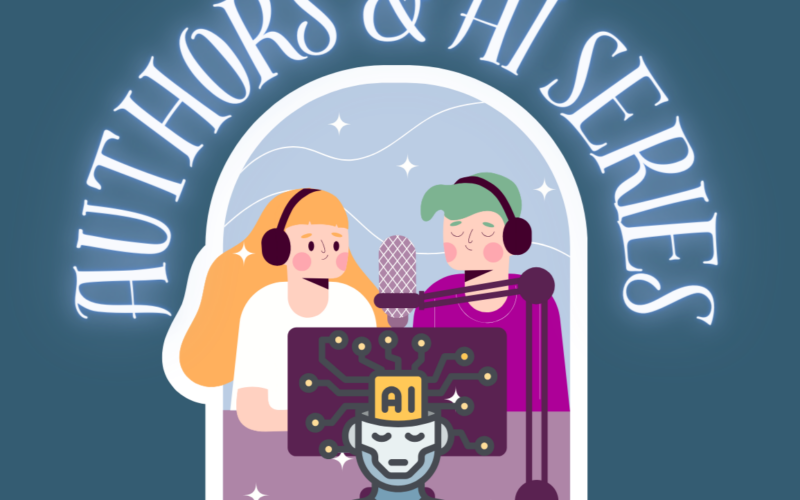
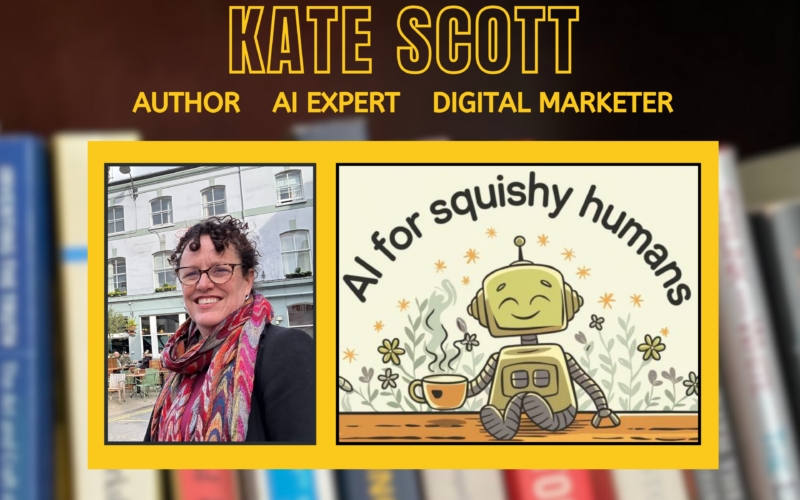
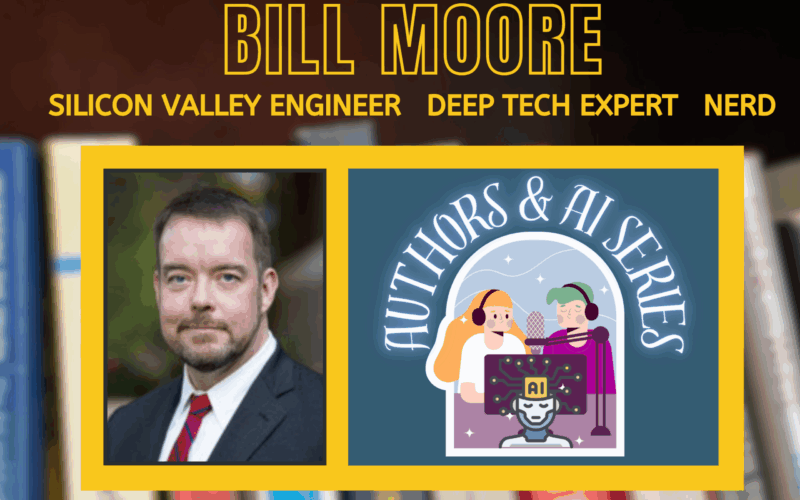
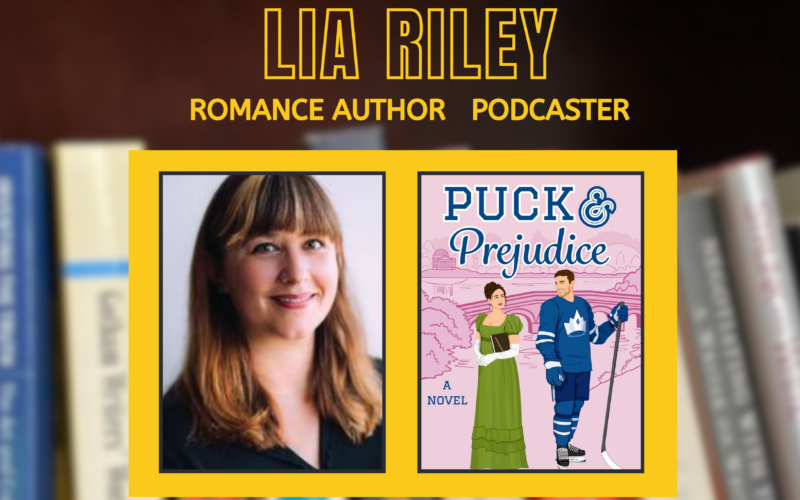
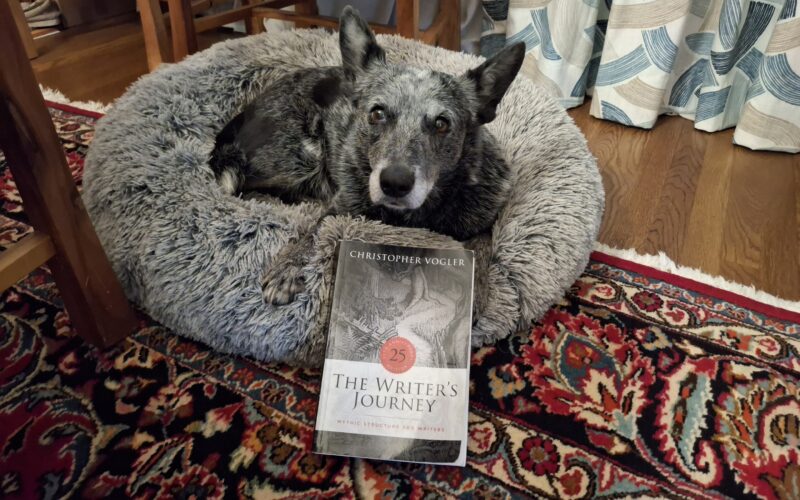
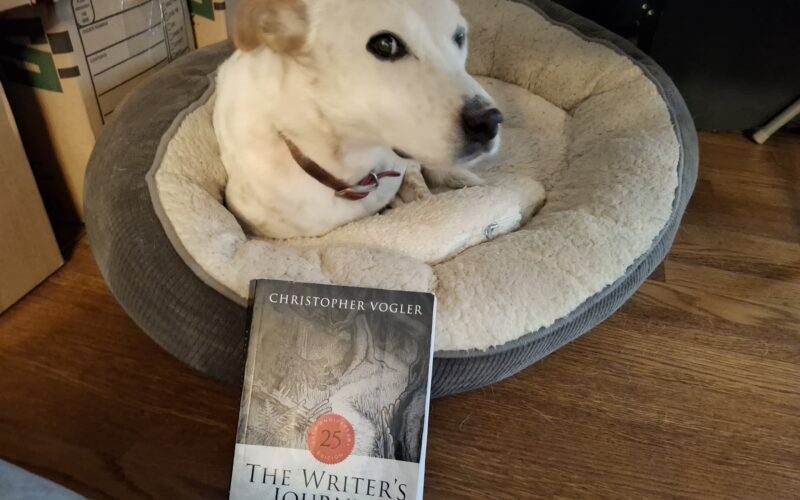
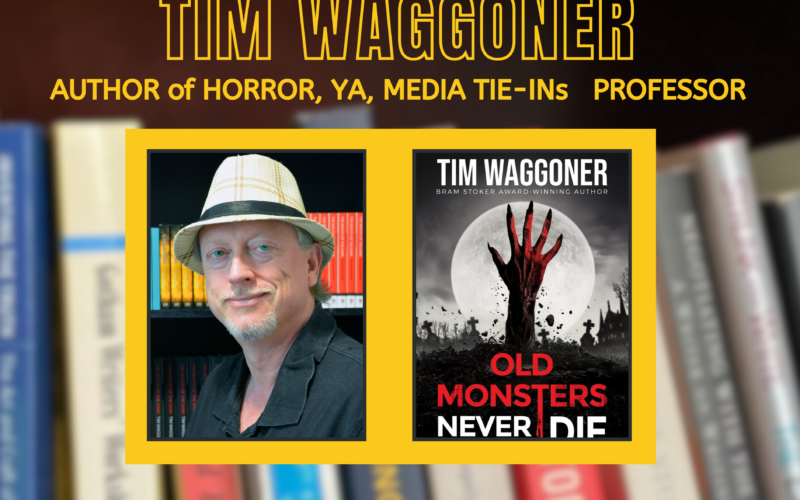
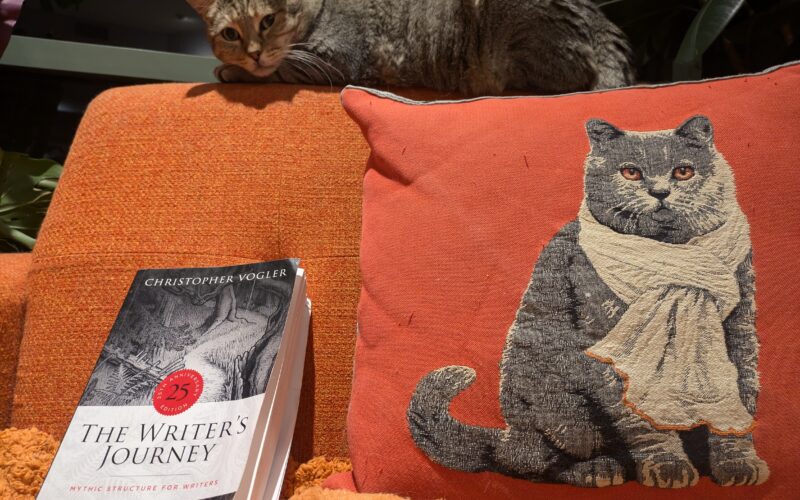
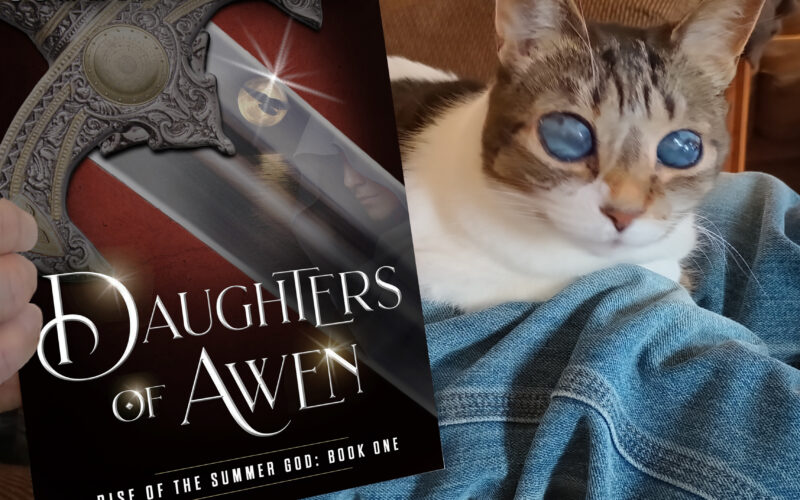

What’s Really Happening When AI Writes? An Interview with Bill Moore
We've been putting AI chatbots through creative writing challenges, but what are these systems actually doing when they write? In this episode, we bring in AI expert Bill Moore. Bill...